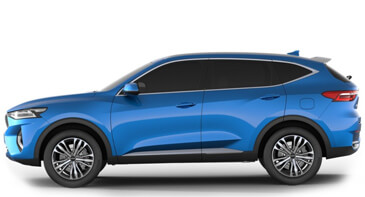
The car can drive on the road because of the rotation of the wheels. What should I do when the car is about to stop? It is impossible for the driver to put his feet on the ground to stop the car from moving forward like in the cartoon. At this time, he has to rely on the braking device on the car to reduce the speed of the car and stop it. The brake device generates friction between the brake pads and the drum or disc, and in the process of friction, the kinetic energy of the car is converted into heat energy and consumed.
In the performance test session, acceleration and braking are the two most important test items. Usually, when we come into contact with a new car, the first question we often ask is how fast the car is, not whether the car brakes well. But the question is In most cases, the slow speed will not be a big problem, and poor braking is likely to be related to life safety, so today we will talk about the brakes of the car.
The principle of the braking system is to create a huge friction force, which converts the kinetic energy of the vehicle into heat energy. As we all know, energy is neither created nor lost out of thin air, it can only be transformed from one form to another, or transferred from one object to another, in the process of transformation or transfer, the total amount of energy does not Change. During acceleration, the car converts chemical energy into heat and kinetic energy, and when braking, the braking system converts the kinetic energy of the car into heat and dissipates it into the air. It may take 10 seconds for a car to accelerate from a standstill to a speed of 100 kilometers per hour, but it may only take XX seconds to brake from a speed of 100 kilometers per hour to a standstill. It can be seen that the braking system is under a huge load. From another point of view, if you want to experience the acceleration thrill of a supercar, you can also use a normal family car, but you need to sit back and experience it while braking hard.
Today, most small cars use hydraulic braking, because the liquid cannot be compressed and can transmit power almost 100%. The basic principle is that the driver steps on the brake pedal and applies pressure to the brake oil in the brake master cylinder. The liquid will The pressure is piped to the piston of each wheel's brake caliper, which drives the brake caliper to grip the brake disc, creating a huge amount of friction that slows the vehicle down.
Let's start with the master cylinder. This component is usually located on the side of the engine compartment firewall close to the driver. Some cars have a "poorly small" master cylinder, which even makes one wonder if it provides enough braking force. In fact, there is no need to worry about this at all, because the braking system uses "Pascal's Law".

Contact us now to get the latest news from Fangbang.
Inquiry